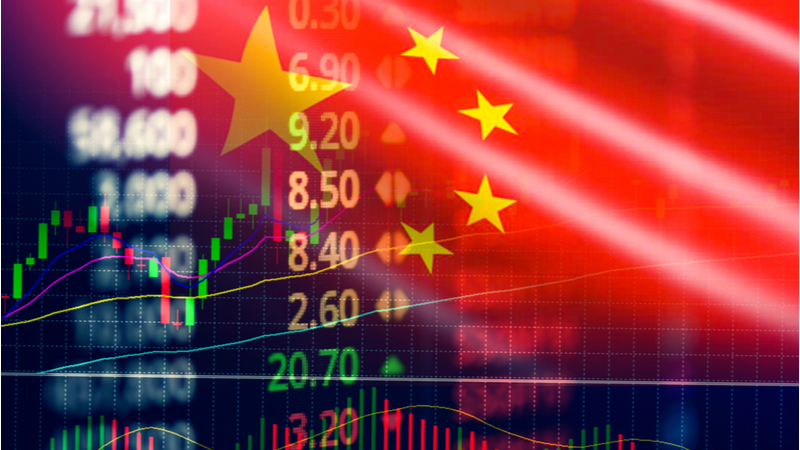The Chinese economy: crisis, control, recovery, refocus
April 16 2021

This book chapter recaps and unpacks a year of crisis, control, recovery and refocus in the People’s Republic of China’s (PRC) economy, drawing implications for the global economy and Australia.
Heading into 2020 the economy of the PRC was weighed down by familiar challenges: adverse demographics, a heavy debt burden, falling productivity growth and more. Still, the PRC was again set to outperform in the global economy. On January 20, the International Monetary Fund (IMF) projected the PRC’s economic growth in 2020 would sit at six percent — a fraction less than the year before but more than triple the pace expected in advanced economies. It was also just within the New Normal rate of gross domestic product (GDP) growth of between six and seven percent that has been the official target set by President Xi Jinping and Premier Li Keqiang since 2014. The PRC’s outlook was also buoyed by the signing on January 15 of a ‘phase one agreement’ on trade with the United States, which was viewed optimistically as a circuitbreaker for the tit-for-tat escalation in tariffs since early 2018.
Yet by mid-January, the outbreak of the novel coronavirus (COVID-19) was well under way in Wuhan. It was January 23 when the metropolis of 11 million residents was locked down, with The New York Times observing that day that the virus had ‘cast a pall over growth prospects for the world’s second largest economy’. A ‘new abnormal’ era — albeit with some familiar echoes from the past — had begun.
Read the article online here.
Note: This article was published in China Story Yearbook: Crisis, April 2021.
Authors: Jane Golley, Director, Australian Centre on China in the World, Australian National University; James Laurenceson, Director, Australia-China Relations Institute, University of Technology Sydney.


